Why Distance is No Longer a Challenge For Pipeline Surveys
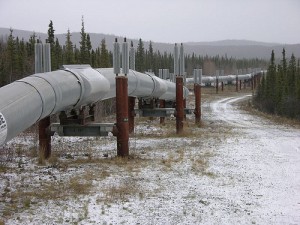 In the pipeline development process, collecting the data for large areas of land has always been one of the most difficult and time consuming aspects of the entire project. This is particularly true when it comes to remote areas that are difficult to reach. In the past, oil and gas companies would have to rely on land surveyors to travel to these locations over difficult terrain for preliminary data collection. This process could be very time-consuming, as the pipeline development project could not begin until the surveyors had the chance to travel all the way out to the terrain in question, complete their data gathering, and then travel back with their data.
In the pipeline development process, collecting the data for large areas of land has always been one of the most difficult and time consuming aspects of the entire project. This is particularly true when it comes to remote areas that are difficult to reach. In the past, oil and gas companies would have to rely on land surveyors to travel to these locations over difficult terrain for preliminary data collection. This process could be very time-consuming, as the pipeline development project could not begin until the surveyors had the chance to travel all the way out to the terrain in question, complete their data gathering, and then travel back with their data.
Fortunately, new pipeline surveying technologies have made it so that building pipelines through difficult terrain and hard-to-reach areas no longer has to be an impediment to completing projects on time. In this post, we’ll review how unmanned aerial vehicles (UAVs), also known as drones, can help significantly speed up your pipeline development project, especially for projects that cover large distances.
Faster Pipeline Surveys
What makes UAVs so beneficial to the pipeline surveying process is the fact that they can travel quickly over long distances, bringing remote locations closer to you. They also have the ability to relay images back to land surveyors on the ground, which allows the land surveyors to begin working immediately, rather than having to wait until they return from the field. Working with a professional land surveying firm that offers aerial data collection services, you’ll be able to enjoy turnaround of ready-to-use survey documents in as little as 24 hours, regardless of the distances involved or the difficulty of the terrain. This makes aerial data collection through UAVs a much less time-consuming process than conducting pipeline surveys through traditional methods.
The surveying images provided by UAVs are taken using the latest in high-resolution cameras, offering a level of detail of one centimeter per pixel. Using these extremely accurate images and point cloud data helps land surveyors create the kind of detailed pipeline survey documents that today’s pipeline development projects require.
Safer Pipeline Surveys
In addition to making it quicker and easier to conduct land surveys in remote, hard-to-reach locations, UAVs are also beneficial because they remove the need for the land surveyors to enter dangerous areas of the field themselves. This makes the whole process of gathering land data significantly safer, especially when difficult terrain is involved. Aside from the obvious human costs that occur whenever a land surveyor is seriously injured, safety should also be a concern because of the financial costs and the delays that these accidents can bring about.
In the past, aerial data collection was often performed using manned aerial vehicles. While these vehicles can offer some of the benefits offered by UAVs, it’s important to remember that putting someone in an airplane still puts them at risk, particularly when they have to fly over remote locations and difficult terrain to gather needed data. In the end, the only truly safe way of gathering data for land surveying projects is by keeping surveyors out of the field altogether, allowing them to work from the comfort and safety of an office setting. UAVs provide this ability, making them among the safest technologies for gathering land data.
In order to gain all of the benefits of UAVs discussed here, you need to make sure that you work with a professional land surveying firm that has the knowledge and expertise to help you put UAVs to work on your pipeline development project. To learn more about how we can help with your project, view an example of our recent surveying work. Or, to get started with using UAVs to support your land surveying efforts, contact Landpoint today.
Image Source: Ryan McFarland


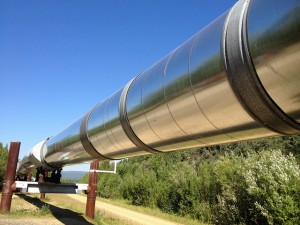

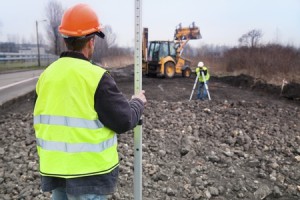
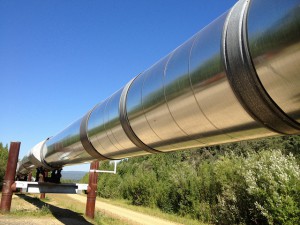
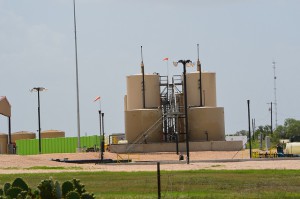
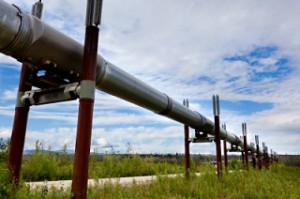
 With the ability to manage, analyze, edit, and display data in a multitude of ways, it’s no wonder Geographic Information Systems (GIS) have become an integral part of pipeline surveying and development. Our GIS techniques incorporate first class technology and professional know-how to provide our clients with the very latest pipeline data displayed in real-time at each stage of planning, development, and construction.
With the ability to manage, analyze, edit, and display data in a multitude of ways, it’s no wonder Geographic Information Systems (GIS) have become an integral part of pipeline surveying and development. Our GIS techniques incorporate first class technology and professional know-how to provide our clients with the very latest pipeline data displayed in real-time at each stage of planning, development, and construction.